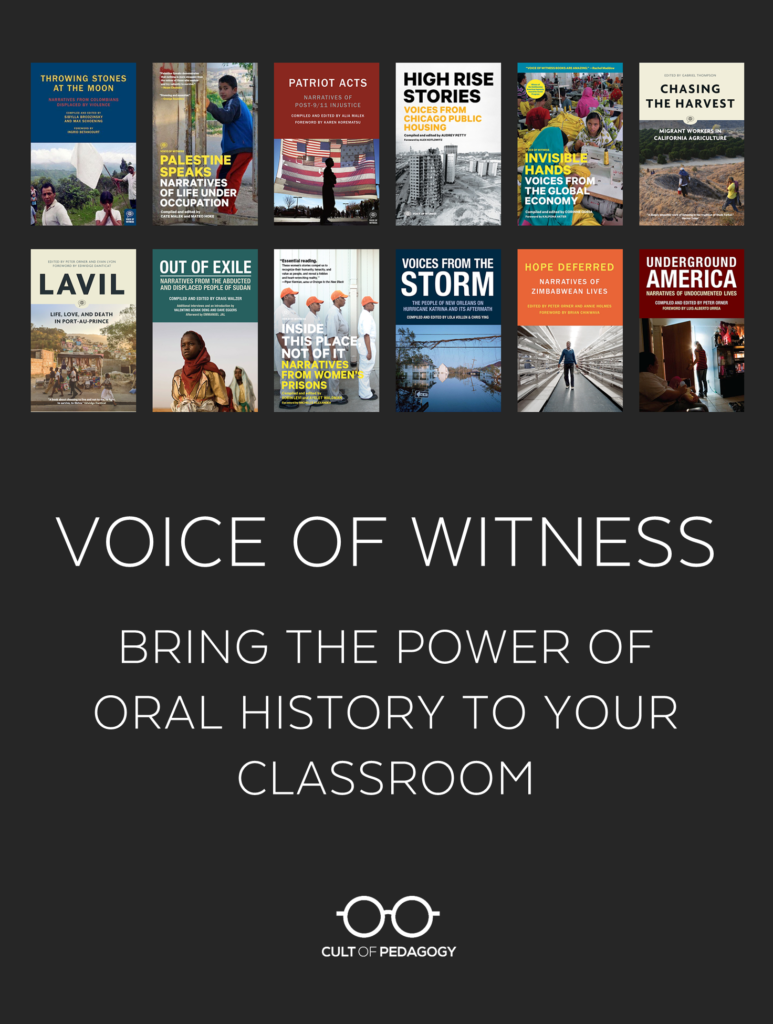
Listen to my interview with Cliff Mayotte (transcript):
Sponsored by Peergrade and 3Doodler
Teaching history and English has gotten complicated. For many, many years, educational publishers produced texts that centered an overwhelmingly white, European experience. But in recent decades, there’s been a push to change that, to widen the lens, to hear the voices of those who are so often under- or misrepresented.
Many teachers have done an admirable job of addressing this need by expanding the menu of texts they offer students. These include primary source documents, literature from more diverse perspectives, and other forms of media that tell stories with words, music, and images. But these resources aren’t always easy to find, and so the more we can share the great things we discover, the more complex and accurate our curriculum will be.
Today I want to share with you another incredible resource that can widen our lens even further, a series produced by an organization called Voice of Witness.
The core product of Voice of Witness is a series of books, currently seventeen titles strong, that curate oral histories, stories told by people whose voices are rarely heard, people who are impacted by injustice all over the world: Migrant workers. Refugees. Factory workers in developing countries. Prisoners. Victims of natural disasters. Undocumented Americans. These books tell their stories, in their voices.
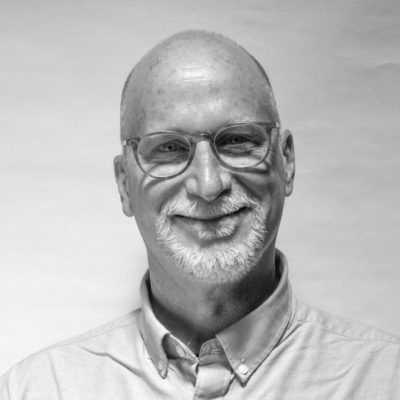
Cliff Mayotte, Education Program Director for Voice of Witness
To learn more about the series, I talked with Cliff Mayotte, the education program director for Voice of Witness, about the range of materials they offer and how these resources will not only expose our students to stories they won’t hear anywhere else, but also help them see themselves as participants in history, people who can tell their own stories and help the people in their own communities get their voices heard.
“Complicating” Our Thinking
Mayotte says the mission of Voice of Witness is “to put a human face on contemporary social justice issues. Everybody is talking about immigration, but nobody’s talking to immigrants. Everybody’s talking about inequality in education but nobody’s talking to teachers. I think our book series really seeks to address contemporary social justice issues and human rights issues that are underrepresented and underreported. Our mission is to amplify voices of people impacted by injustice.”
“Through first-person narrative,” he says, “we aim to propel the conversation around human rights issues and ensure the voices of those impacted become an integral part of mainstream discourse and meaningful reform.”
To deepen the potential to learn from these stories, Voice of Witness has also created free lesson plans to accompany each book. The Common Core-aligned plans were written for grades 9-12, but would also be appropriate for middle school students.
“A lot of students really respond to personal narrative,” Mayotte says. “It feels like somebody telling them a story, and it allows them to enter into these issues in a very personal way—it doesn’t feel like somebody’s lecturing to them or giving them a story that has only one side. Each individual narrative contains people’s identities and multiple perspectives. So I think it really allows teachers and students to grapple with the issues that are contained in the book series and to have their thinking complicated in ways that I think are very, very useful.”
Practicing Oral History in the Classroom
Apart from the free lesson plans, Voice of Witness offers other materials to teach students learn how to capture oral histories of their own.
Their book, The Power of the Story, provides step-by-step instructions for creating oral history projects with students, including guidelines for planning the project, interviewing, transcribing, and shaping the narrative into a finished written piece.
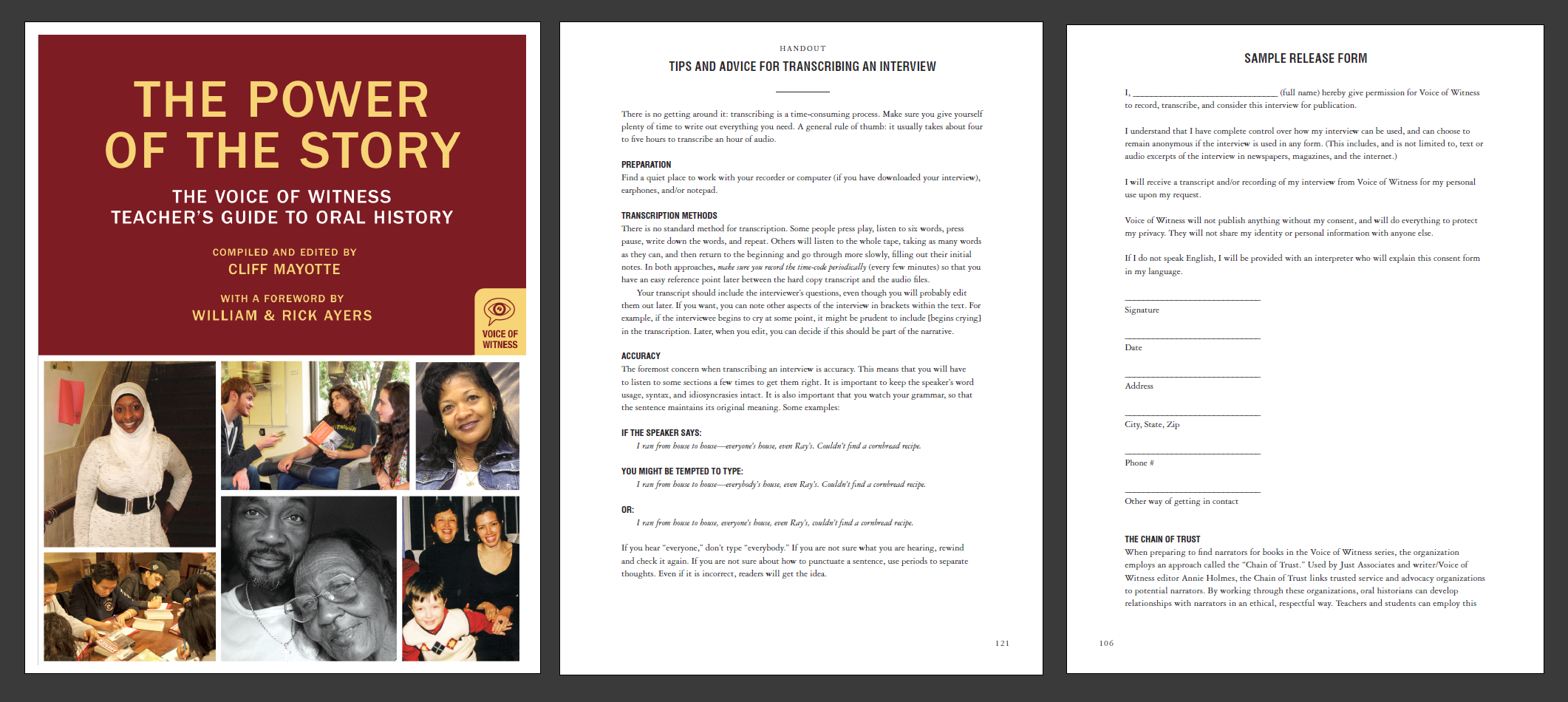
This 150-page book teaches students how to collect and write oral histories.
You can download a free PDF version of the book here.
“I think it creates, for students, a participatory vision of history,” Mayotte says, “because so often students and all of us feel like bystanders in history. Through oral history, students are able to interview family members, people in their community, and to participate in sort of an ongoing historical narrative that they can be a part of, that they can insert themselves into, as well as being able to use their lives, their direct experience, their identity as a central part of the curriculum.”
In addition to the book, Voice of Witness also offers a webinar series, consulting services, and the Sharing History Initiative, which provides free books to under-resourced classrooms.
More than Curriculum
Voice of Witness has been around since 2004, but I can’t think of a time in history when stories like these need to be told more than they do right now, when so many people worldwide are suffering, and so many teachers are struggling to find ways to help students become more compassionate.
Although these books would make a wonderful addition to any social studies course, literary study, classroom or school library, this goes beyond curriculum: We need our students to read these stories because doing so will make them better humans.
Learn more about Voice of Witness here.
Join my mailing list and get weekly tips, tools, and inspiration that will make your teaching more effective and fun. You’ll get access to our members-only library of free downloads, including 20 Ways to Cut Your Grading Time in Half, the e-booklet that has helped thousands of teachers save time on grading. Over 50,000 teachers have already joined—come on in.

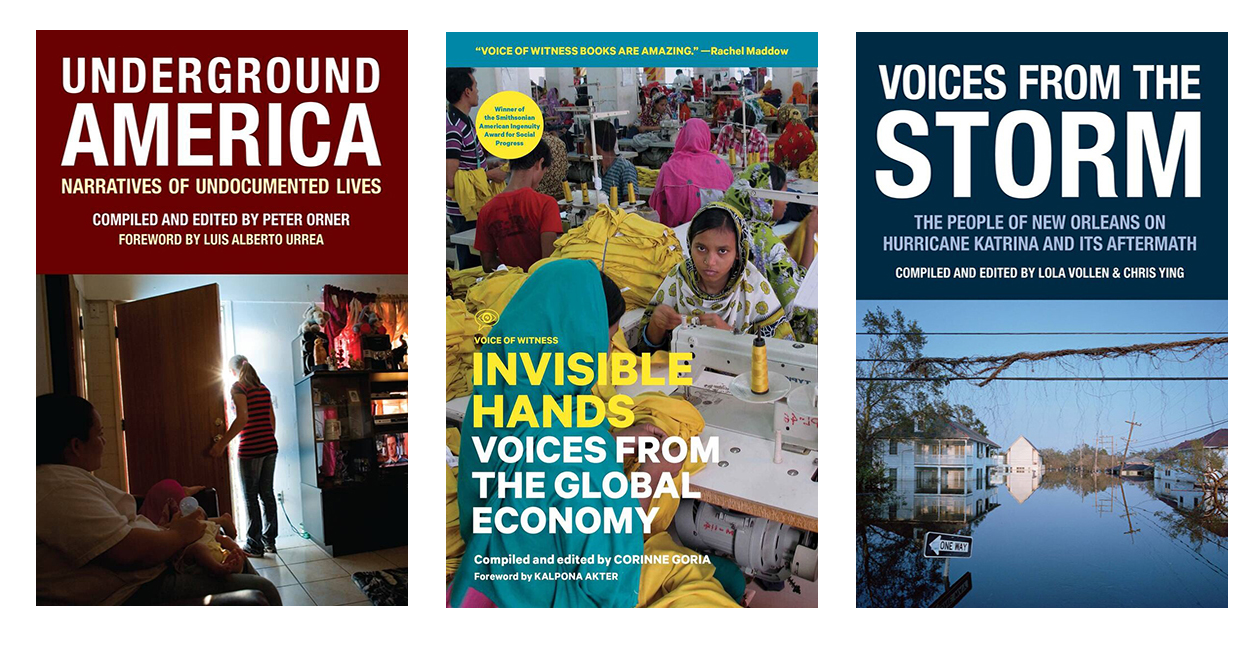
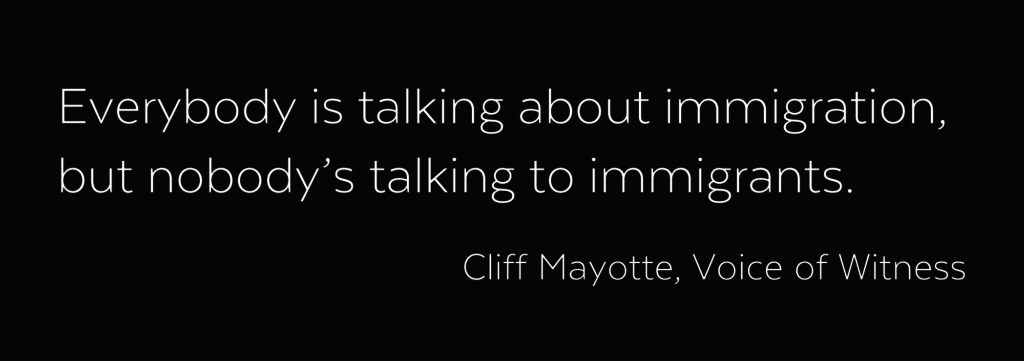
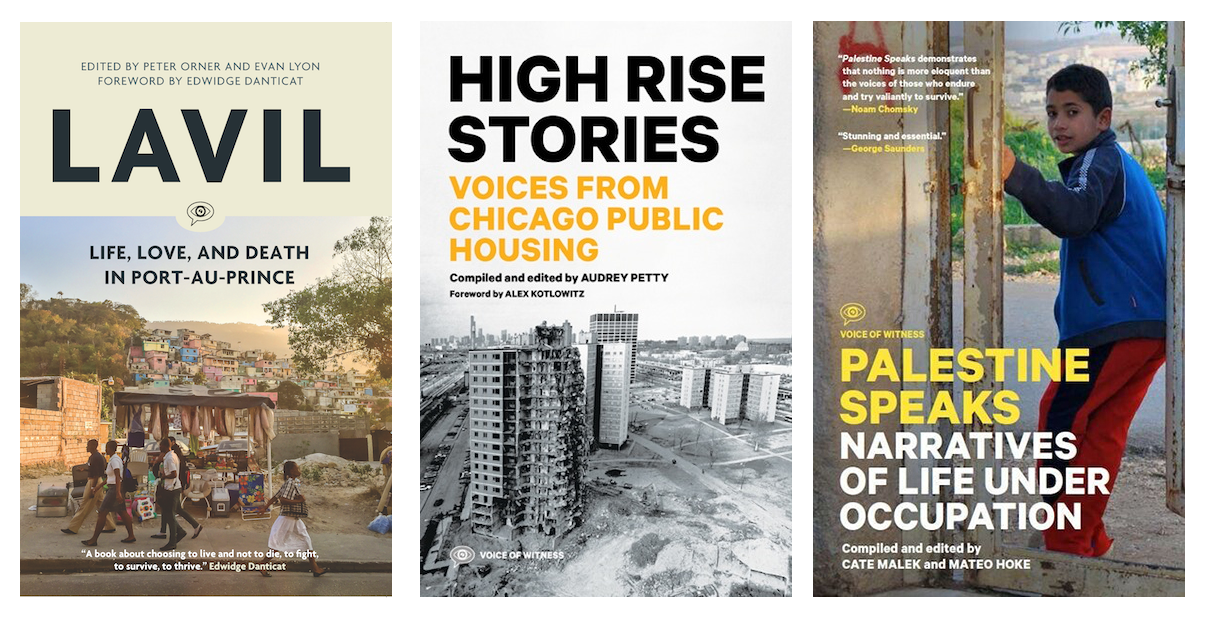
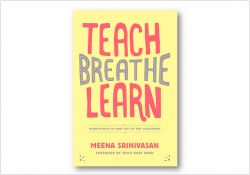
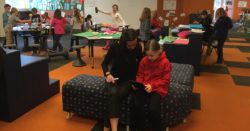
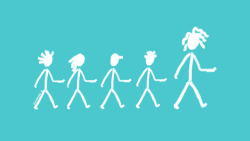
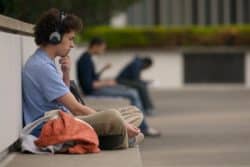
This series sounds amazing! My fifth graders are probably too young—I wish they had content for younger kids!
This looks exciting! Are the books designed mainly for the high school level? What reading levels are represented? I teach K-5 so I am wondering if it would be appropriate for elementary school.
Hi Elaine. In the section “Complicating” our Thinking, it mentions that the CCSS lesson plans were created for grades 9-12, but could work for middle school. My thinking is even if you had some really advance readers in 5th grade, I’d definitely preview the books, just because reading/content level doesn’t necessarily match age/emotional level. You know your kids best, so it might be something you look into when differentiating for certain students.
A great way to bring the real (global, national, and local) issues inside the classroom and have our students understand it with an authentic voice and depth. This book series will make a great project for students regardless of the discipline… time to be inlcusive and not silo-based.
This looks great! I started my year off by looking at 9/11 through various lenses. One of those was having students interview a parent/grandparent about their experience related to 9/11…Where they were, their reactions, how it changed their views? etc.
Let me recommend an older gold standard work of oral history first published in the 70s. In 1966 a frustrated new rural high school English teacher in Rayburn County, Georgia, provided his heretofore disinterested and unmotivated students with notebooks, tape recorders, and cameras and sent them deep into the Appalachian mountain byways to interview elders and neighbors about their lives and the things they knew. This birthed a school magazine, and the magazine became an educational and popular phenomenon. Its best articles and stories were gathered into a volume called FOXFIRE…all a body wanted know about hog skinning, log cabin makin’, wild medicines, faith healing, shingle shakin’ and stories of haints and hauntings. In all 14 volumes were published each a treasure to mountain crafts, stories, and folklore. The last editions were edited by one of the early students who came back to the same school as an English teacher. It even led to a movie starting Jessica Tandy and John Denver. There never has been anything quite like it since and may not ever be again…but there is nothing lost giving it a try.
You can find the set on Amazon, or a little cheaper here https://www.domesticdomestic.com/products/random-house-foxset-foxfire-set?variant=2440878212&utm_medium=cpc&utm_source=google&utm_campaign=Google%20Shopping&utm_campaign=gs-2018-08-03&utm_source=google&utm_medium=smart_campaign&gclid=Cj0KCQjwuafdBRDmARIsAPpBmVWeu0jDc0fFH711KAnkXy9RT6cZFLsmOSKXrujvGhO6IU5KyM21gxgaAst-EALw_wcB
Movie link https://youtu.be/nLm-UtNp888
Thank you so much for this recommendation, Robert!
Thank you for this! I have always struggled when thinking about how incorporate oral literature into the classroom. One of the things that usually happens is that it get mentioned rather flippantly when talking about “ancient times” or non-white cultures. But something that always stuck with me, in my education, was that up until recently the verb “to read” encompassed oral traditions like recitation as well as reading on your own. And, in fact, reading by yourself silently was often considered quite weird. So, this is a really long winded way of saying—oral literature is embedded (culturally) in many of our reading practices. I’m still working through how to “teach” that but this is a great, culturally relevant resource for me to start thinking through it. Thank you again!
Are there any recommendations for 3 – 5th grade students?
Hi Kate,
If you haven’t already, check out the post, A Collection of Resources for Teaching Social Justice. There, you’ll find a lot of really good resources that could work well with upper elementary. I’d also head over to our Race, Culture and Social Justice Pinterest board – lots there too. Commonlit is another great one to check out – you can look up by theme and grade level. Hope this helps!